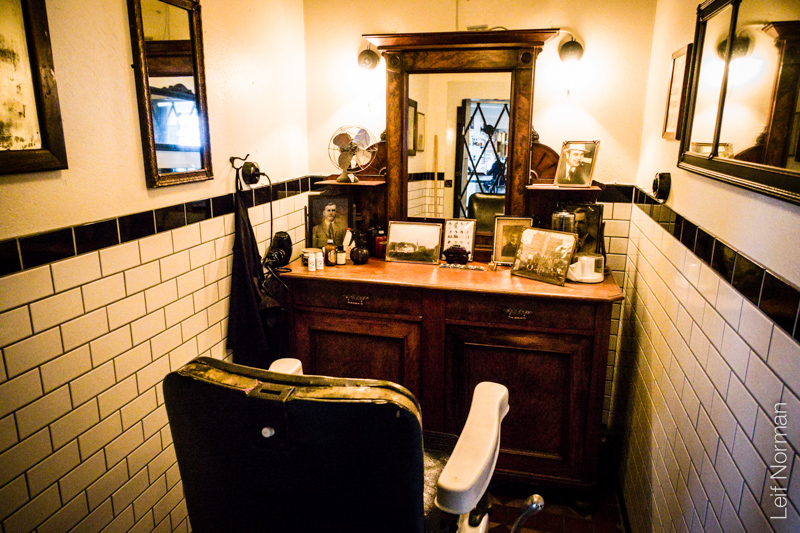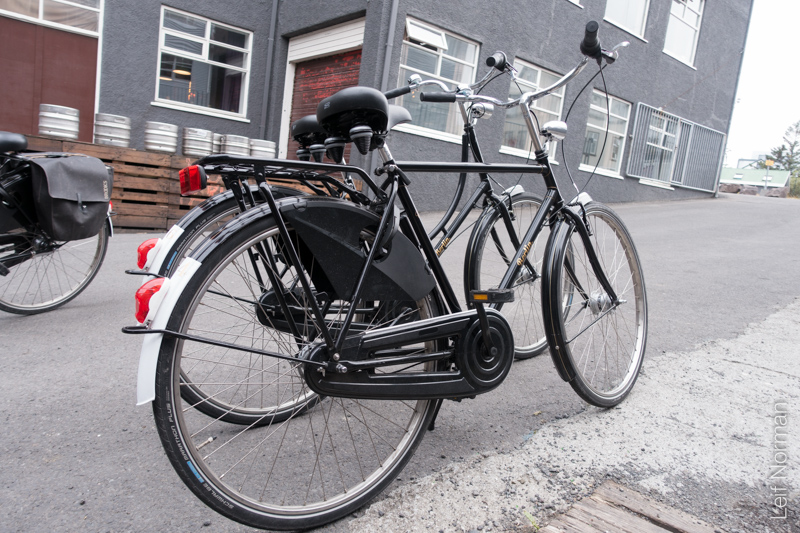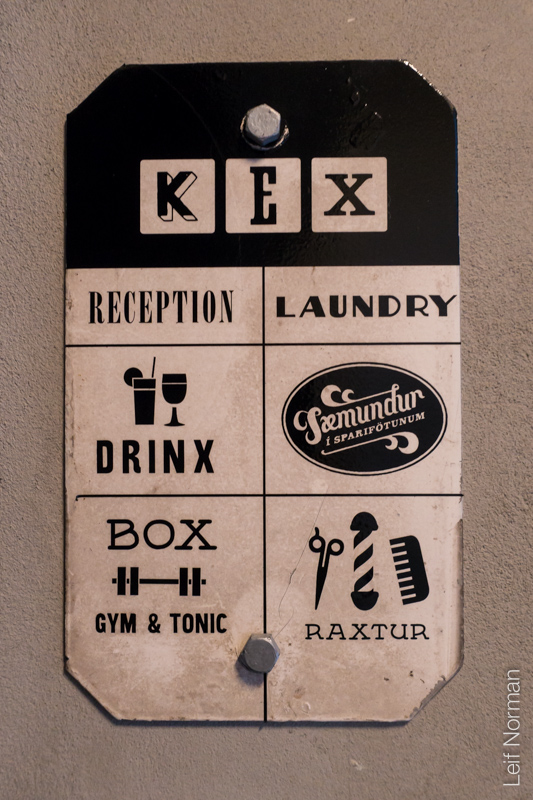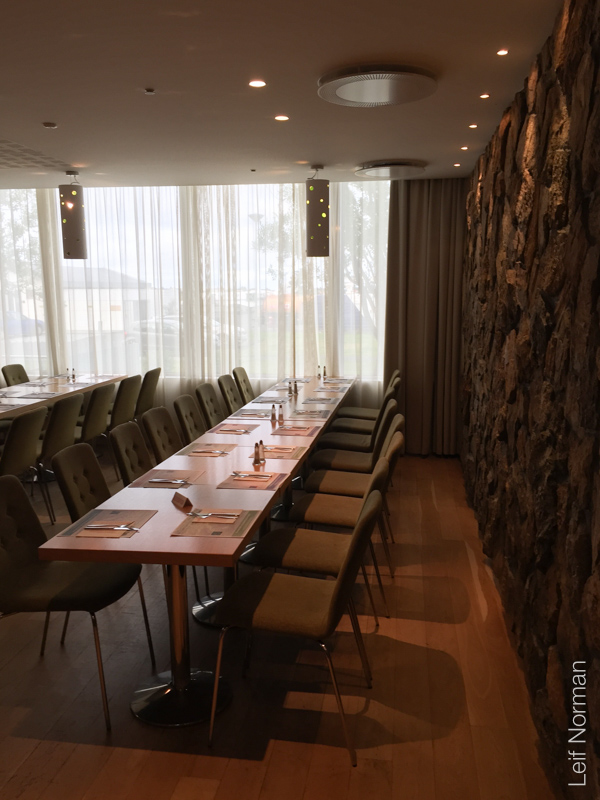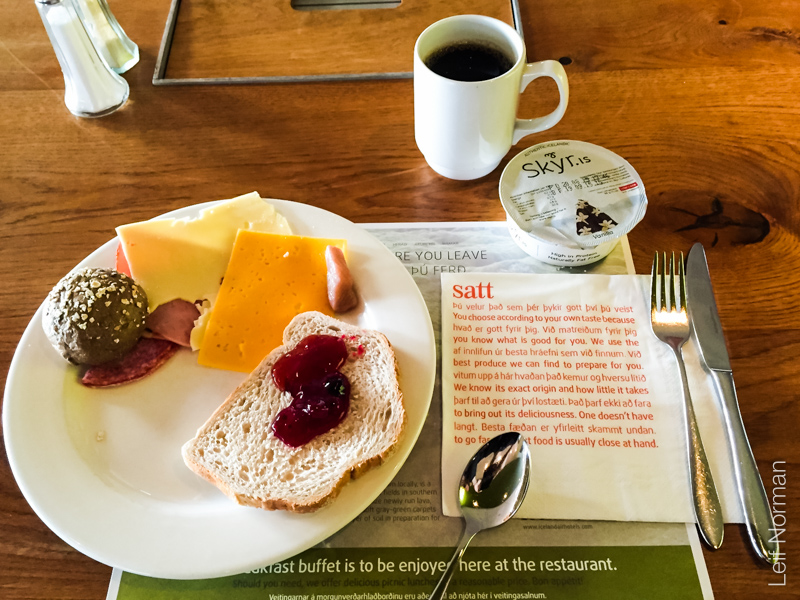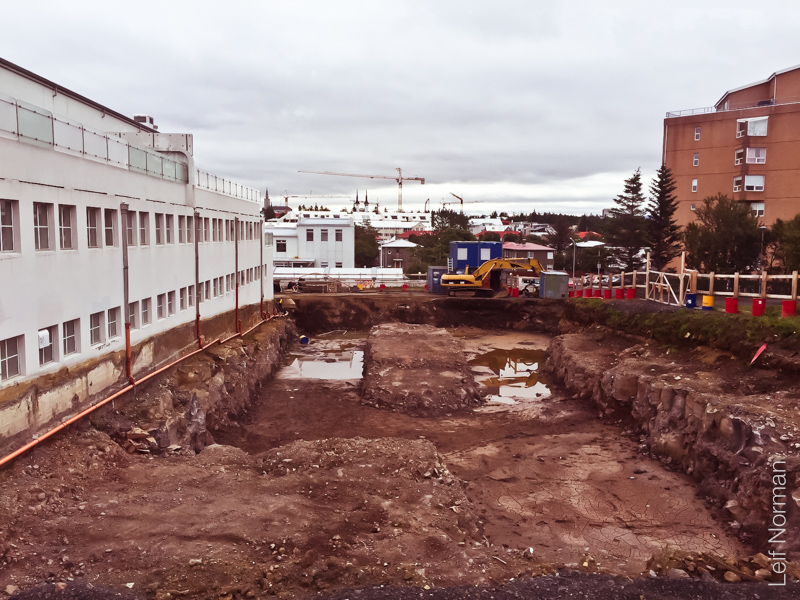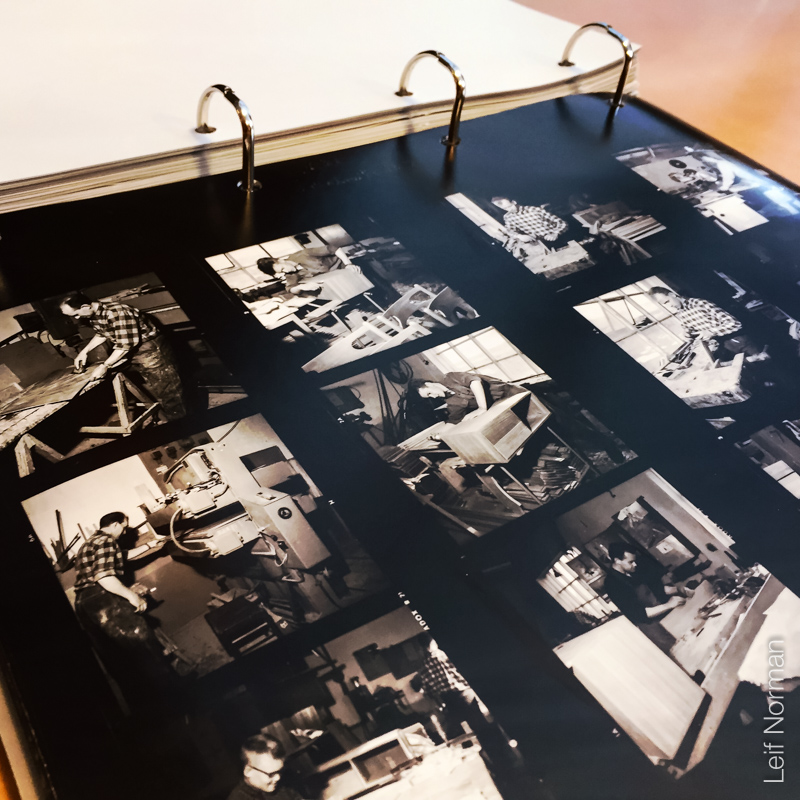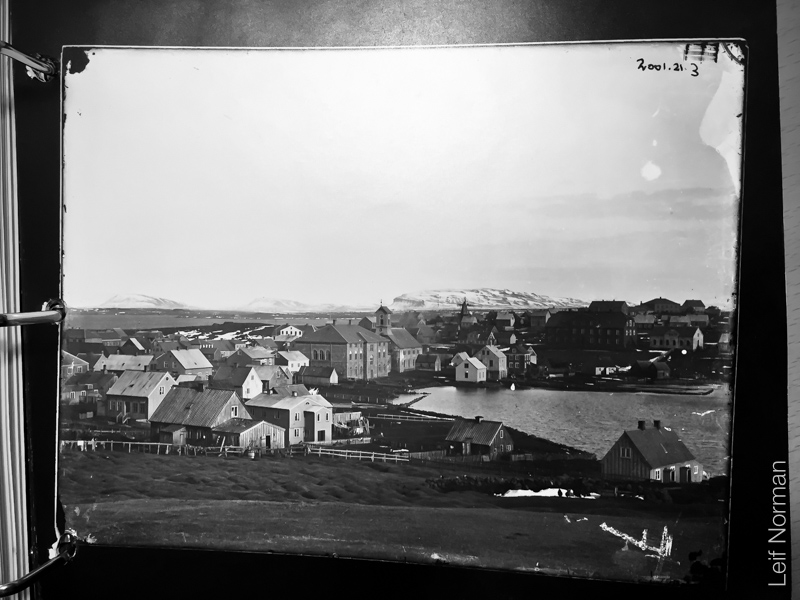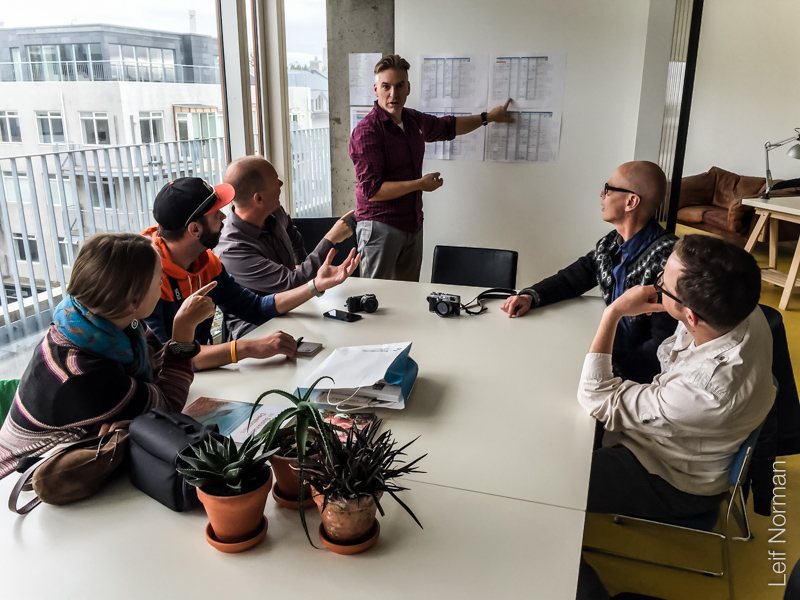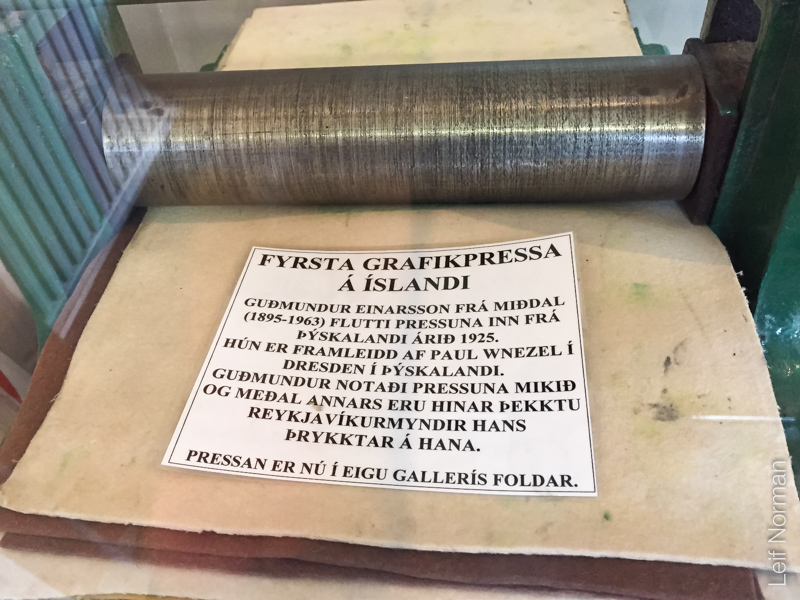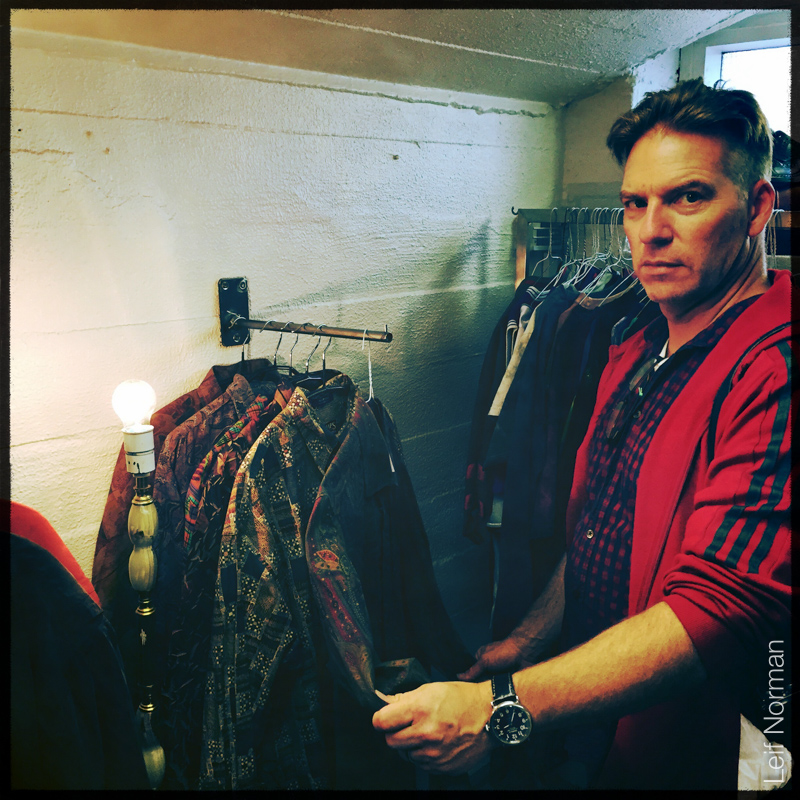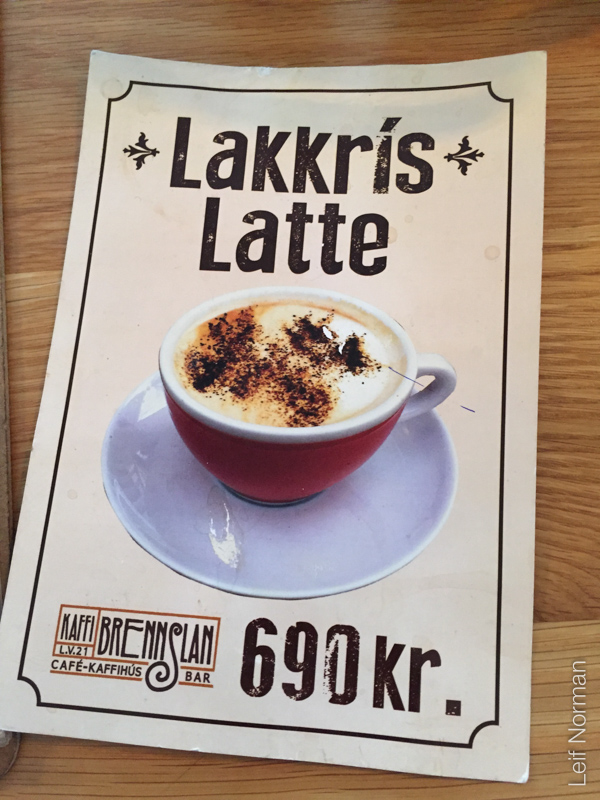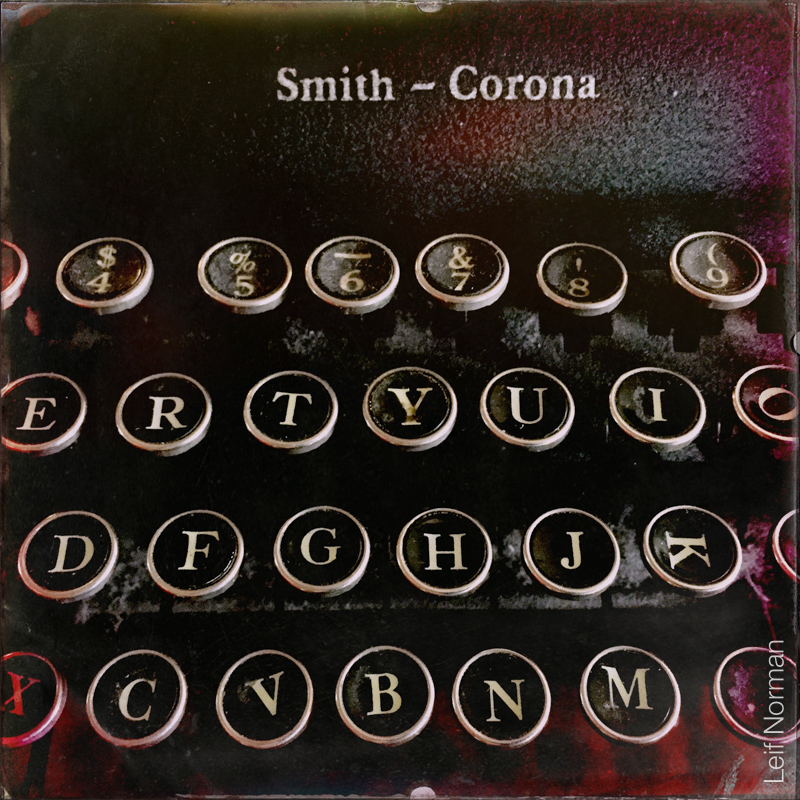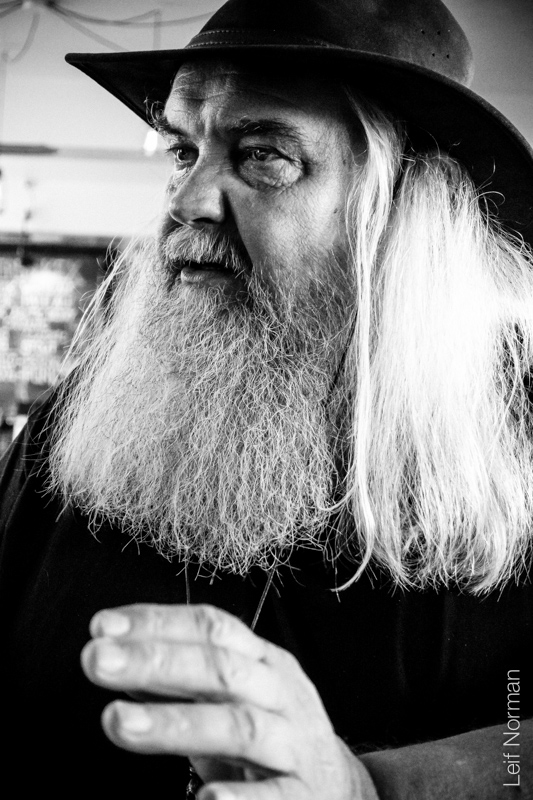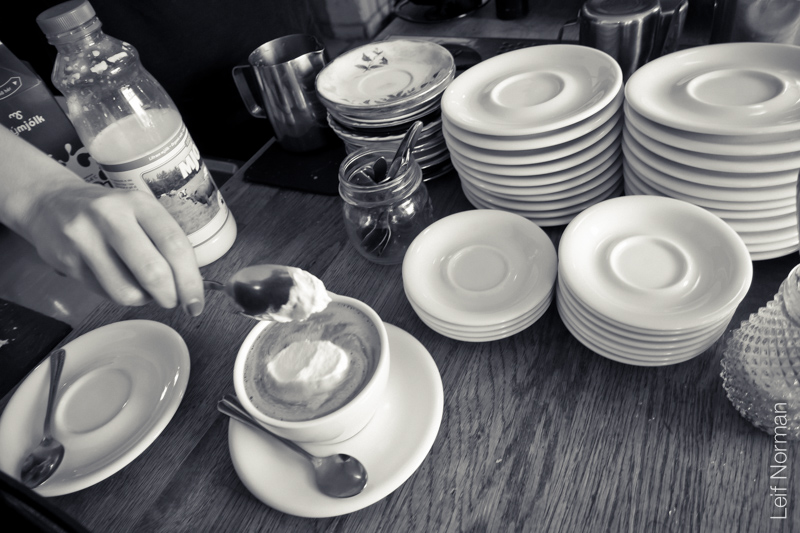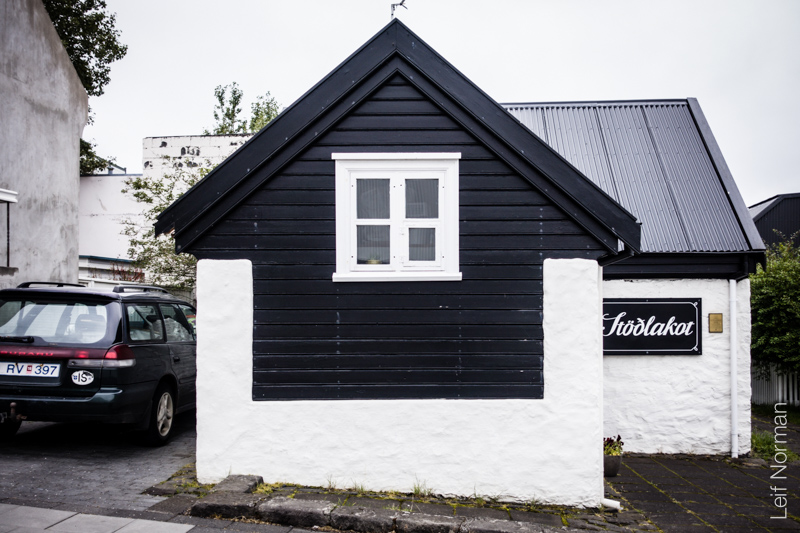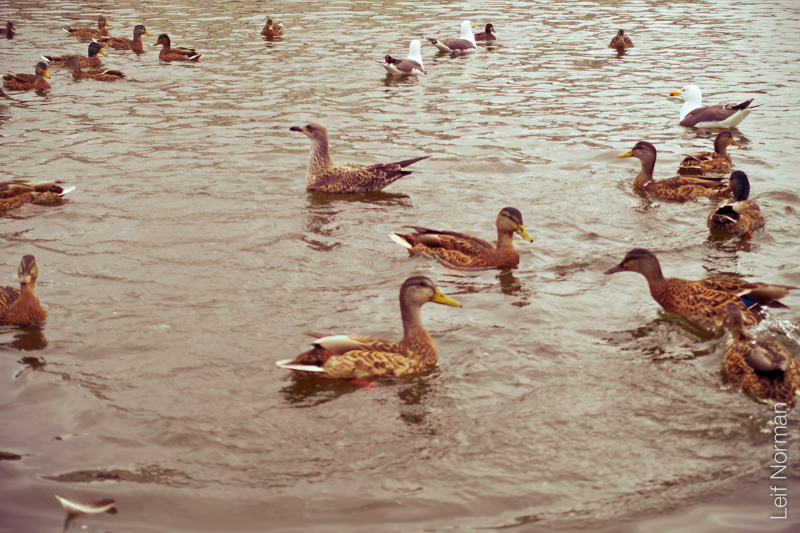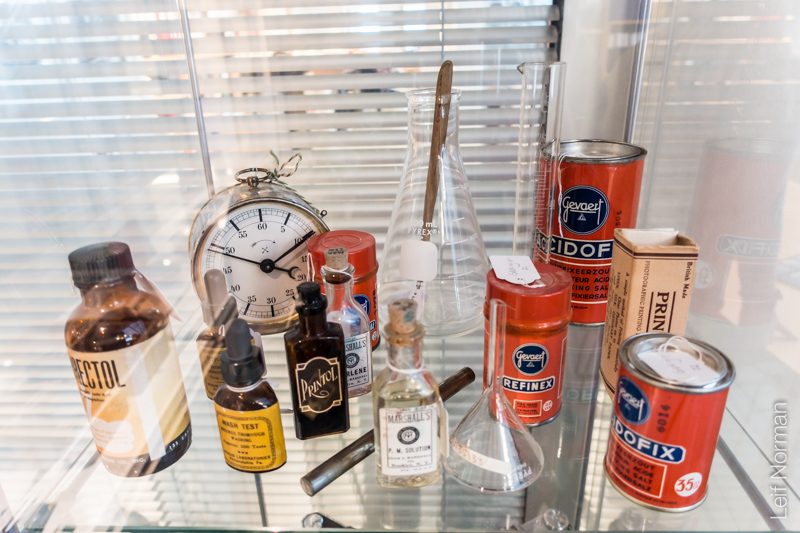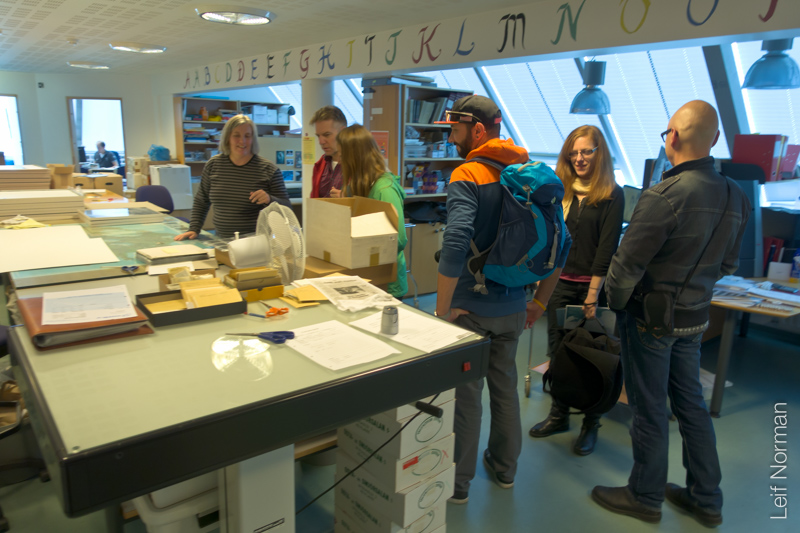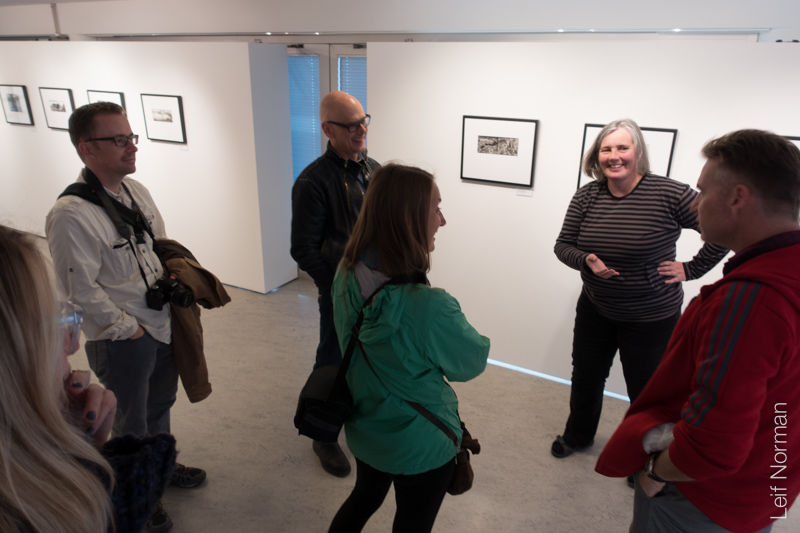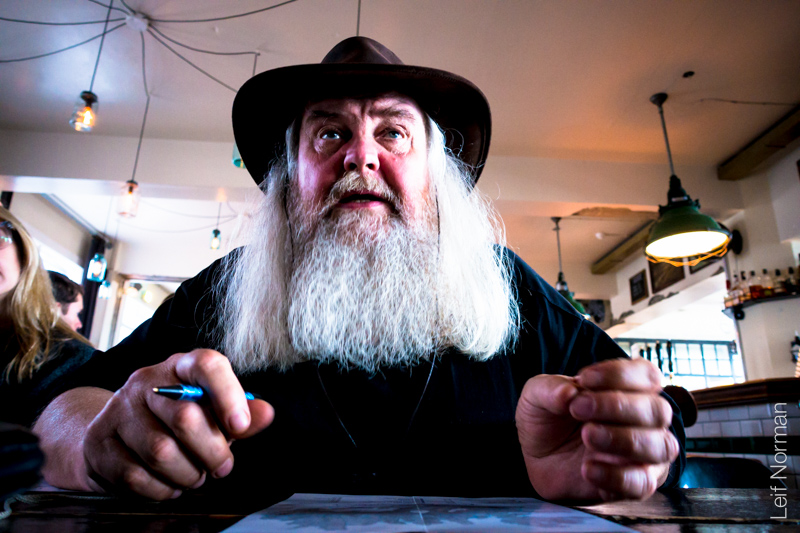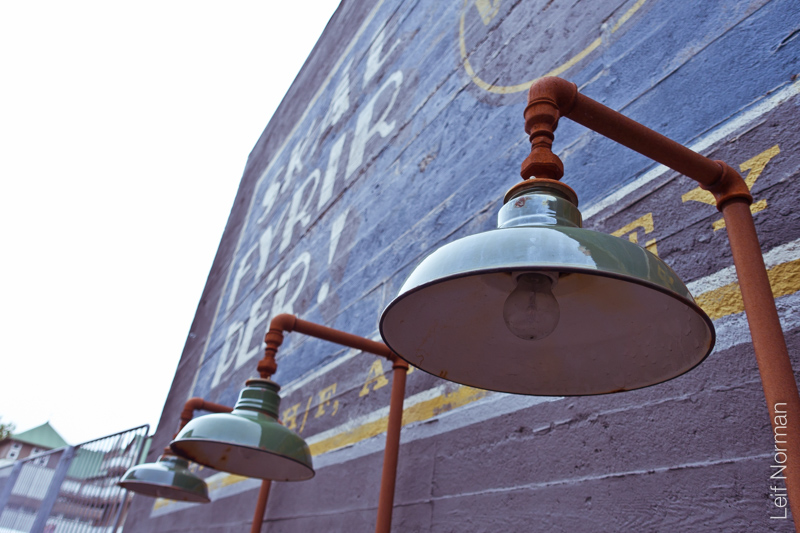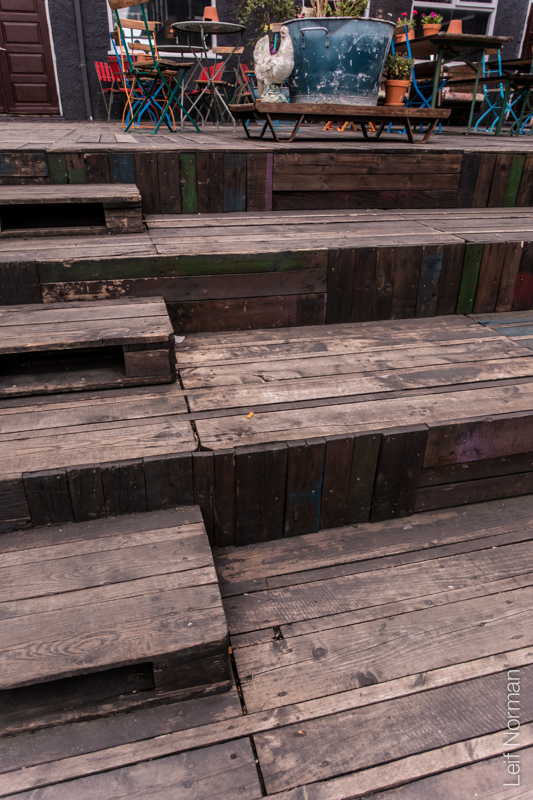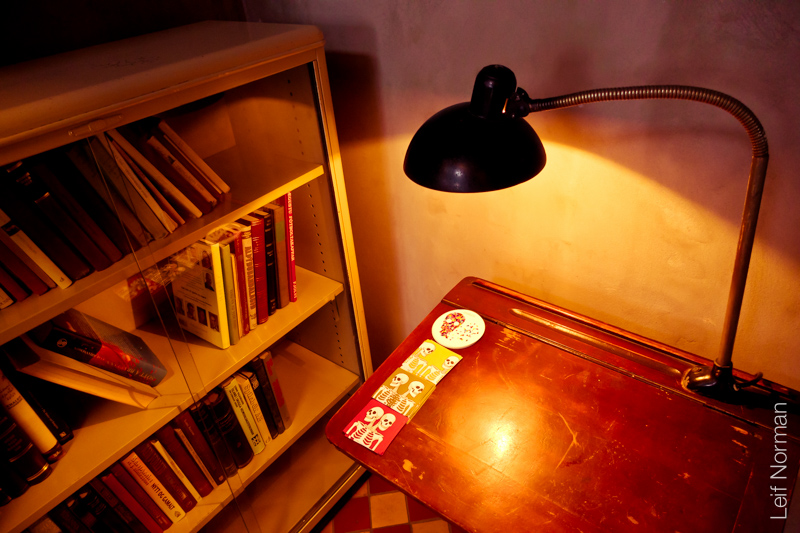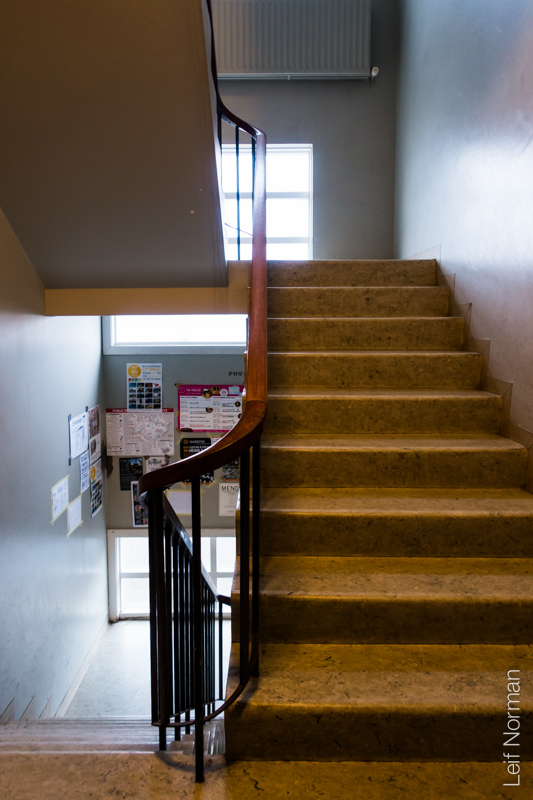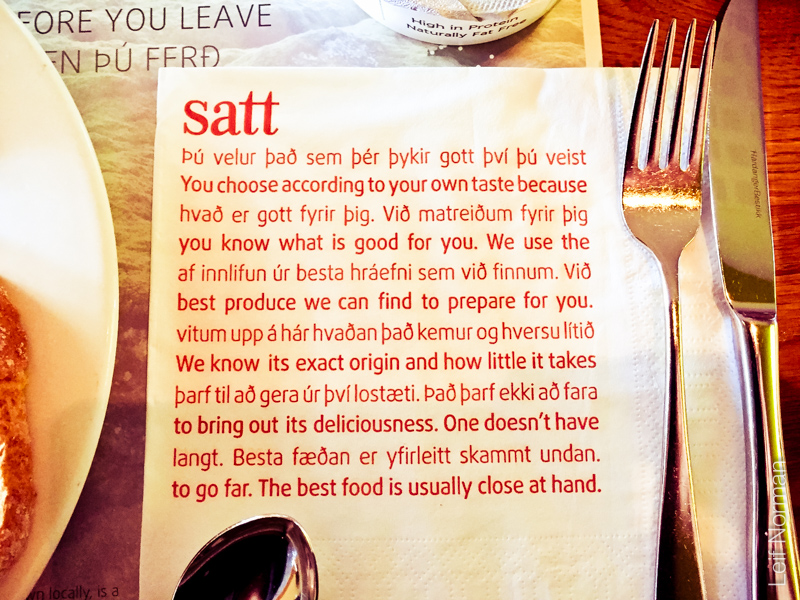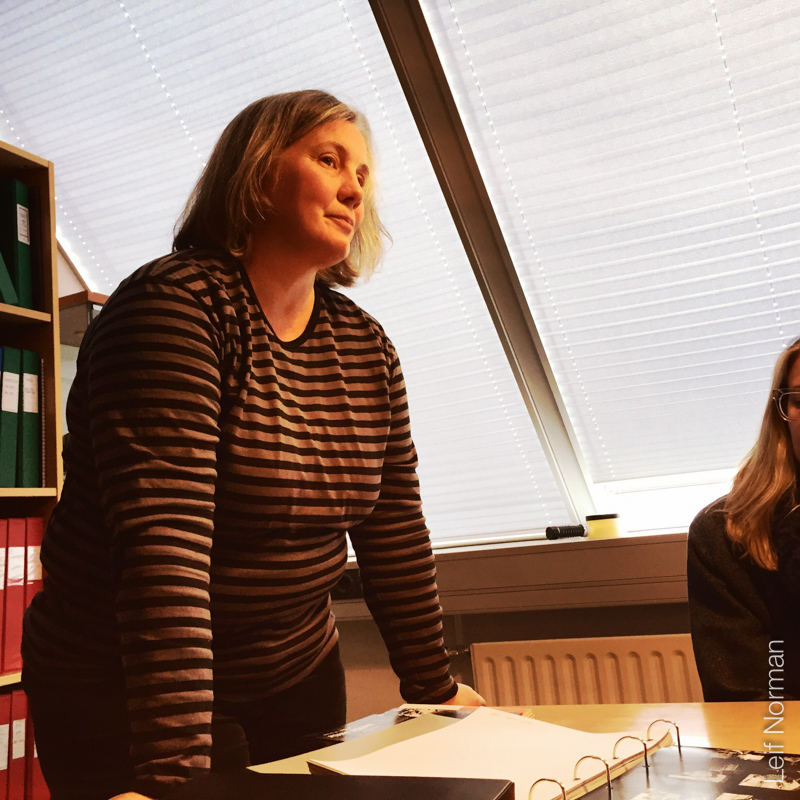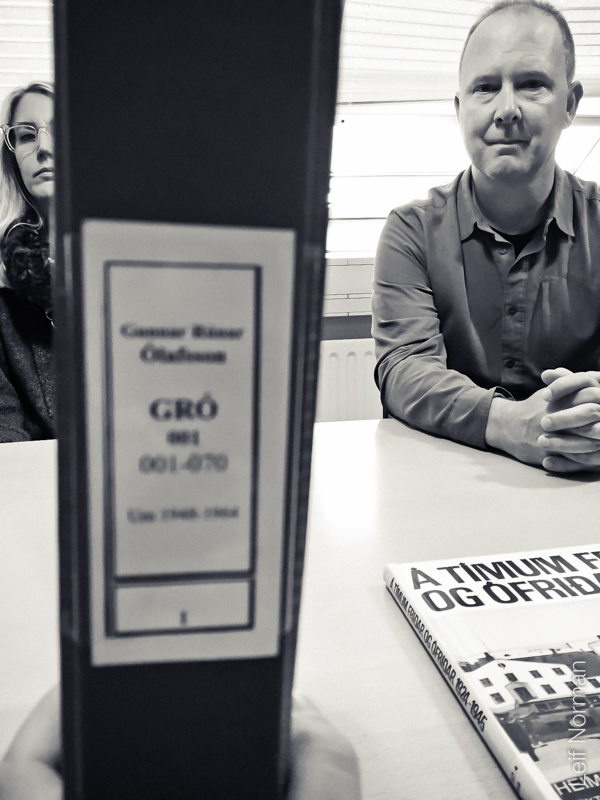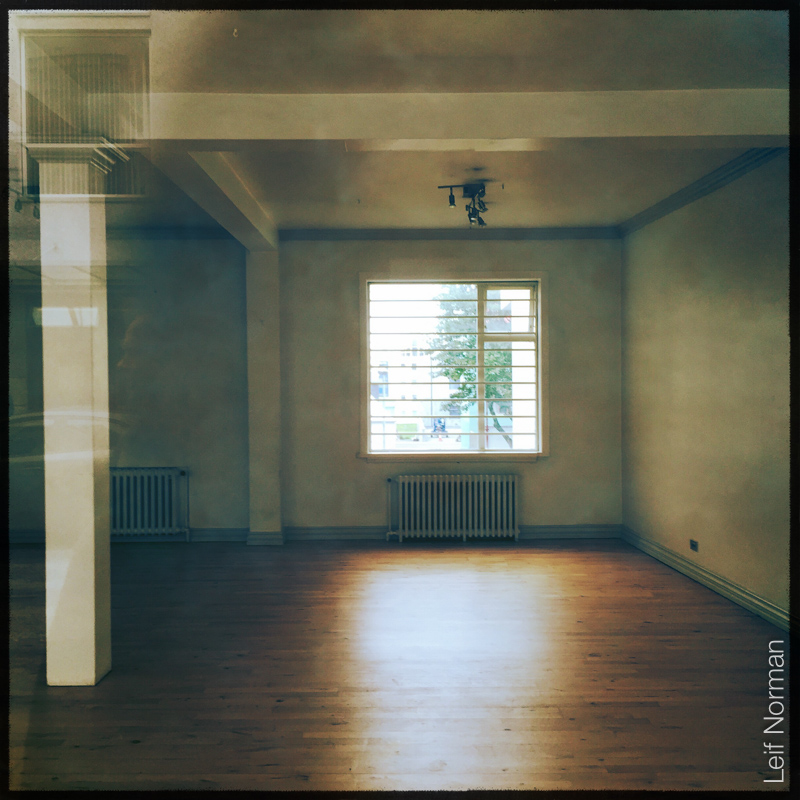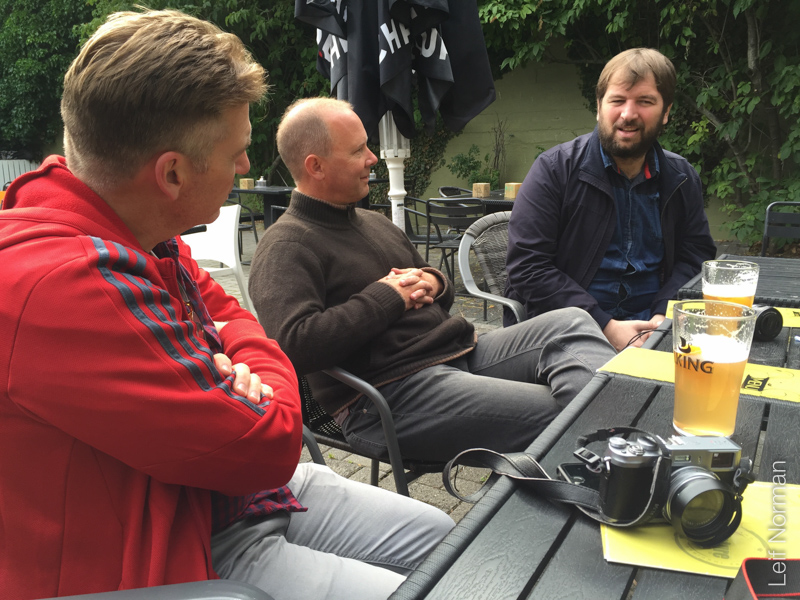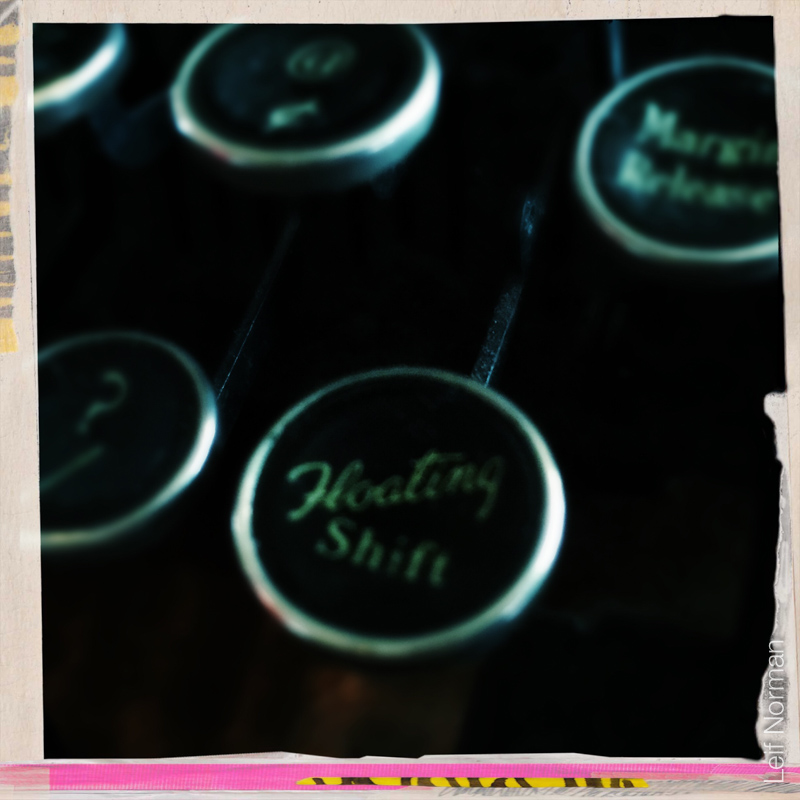Our third day in Iceland I was still recovering from the 6 hour jet lag difference from Winnipeg and we had many meetings set up with local creative people. We went to the Ljósmyndasafn Reykjavíkur, the Reykjavik Photographic Museum, met with Goddur, an infamous designer and theoretician, but started off the day with a good soak in the hot geothermal waters of Sundhöllin Reykjavik, my favourite place in the city. Finally we ended up at KEX where I discovered they have very very tasty burgers.
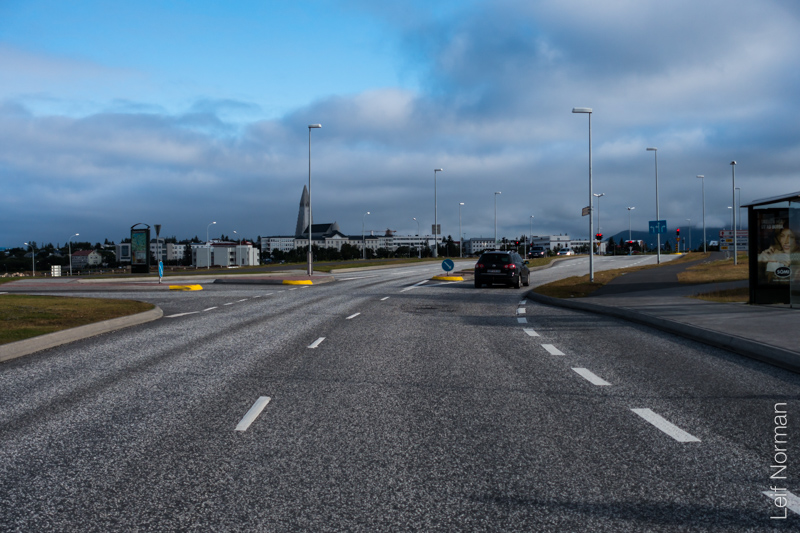
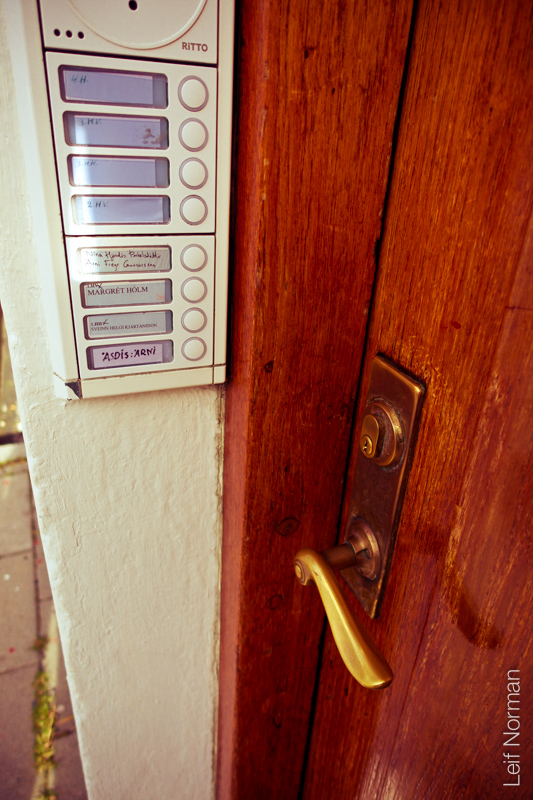
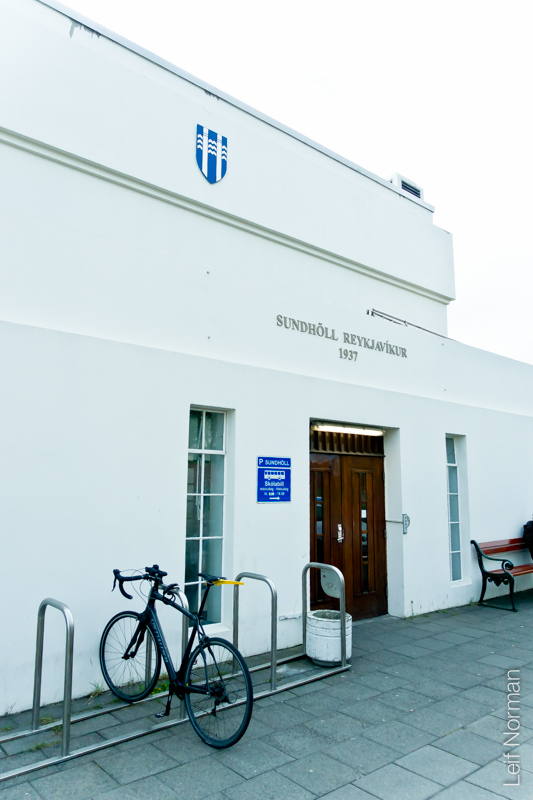
“Sundhöllin (The swimming palace or Austurbæjarlaug), Baronsstigur, Reykjavik is the oldest public baths in Iceland. They were designed by the noted architect Guðjón Samúelsson and opened in 1937. The building’s exterior is a minimialist white that is almost Art Deco in style with tall narrow rectangular windows. While inside arches on the south side of the pool and the tiled changing rooms are other notable features. The main pool is 25 metres long by 10 metres wide and the pool runs from 0.9 to 4 metres. There are also hot tubs and Guðjón’s Hallgrímskirkja can be seen from the sundeck.” from Wikipedia
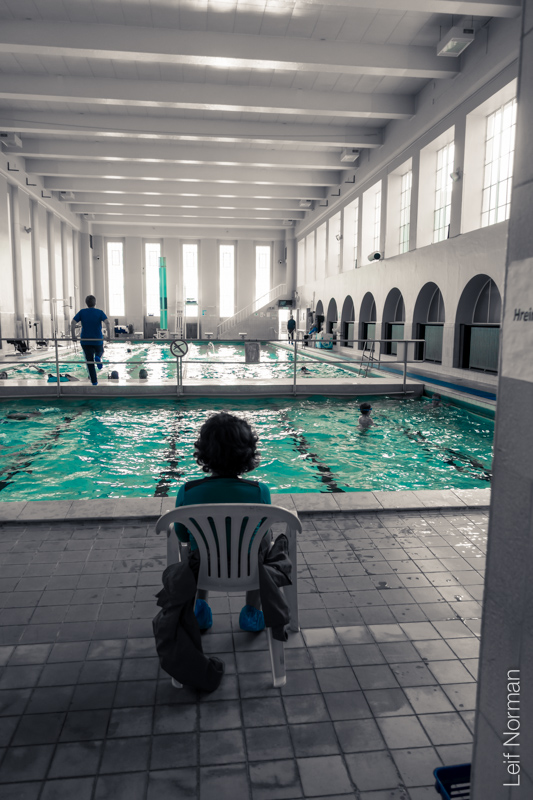
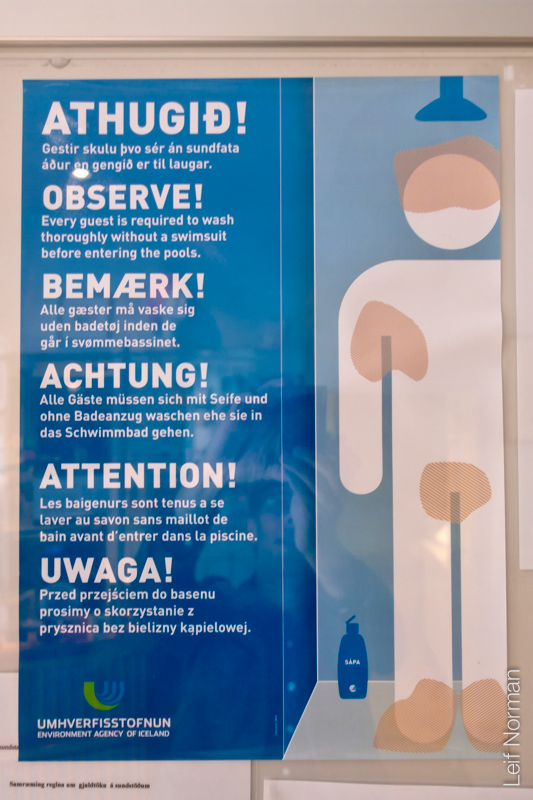

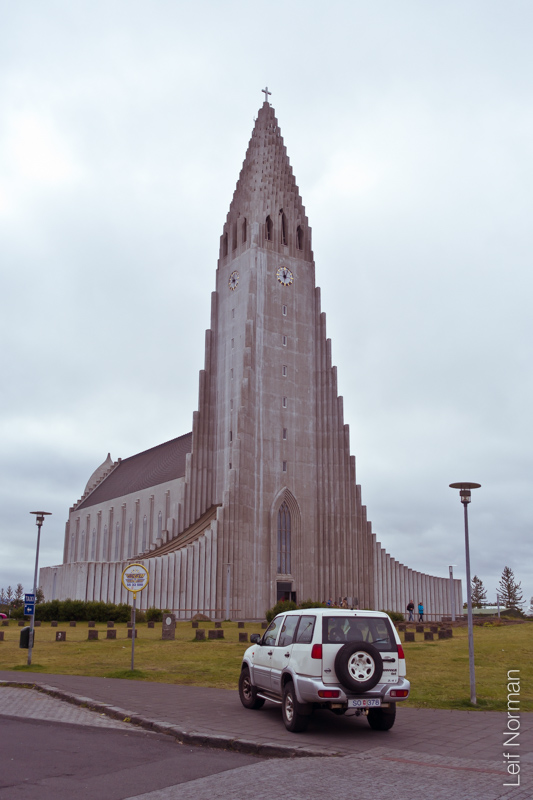
“Hallgrímskirkja (Icelandic pronunciation: [ˈhatlkrimsˌcʰɪrca], church of Hallgrímur) is a Lutheran (Church of Iceland) parish church in Reykjavík, Iceland. At 73 metres (244 ft), it is the largest church in Iceland and the sixth tallest architectural structure in Iceland after Longwave radio mast Hellissandur, the radio masts of the US Navy at Grindavík, Eiðar longwave transmitter and Smáratorg tower. The church is named after the Icelandic poet and clergyman Hallgrímur Pétursson (1614 to 1674), author of the Passion Hymns.
State Architect Guðjón Samúelsson‘s design of the church was commissioned in 1937. He is said to have designed it to resemble the basalt lava flows of Iceland’s landscape. It took 38 years to build the church. Construction work began in 1945 and ended in 1986. The landmark tower being completed long before the church’s actual completion. The crypt beneath the choir was consecrated in 1948, the steeple and wings were completed in 1974, and the nave was consecrated in 1986. Situated in the centre of Reykjavík, it is one of the city’s best-known landmarks and is visible throughout the city. It is 1676 Sqm. It is similar in style to the expressionist architecture of Grundtvig’s Church of Copenhagen, Denmark, completed in 1940.” from Wikipedia
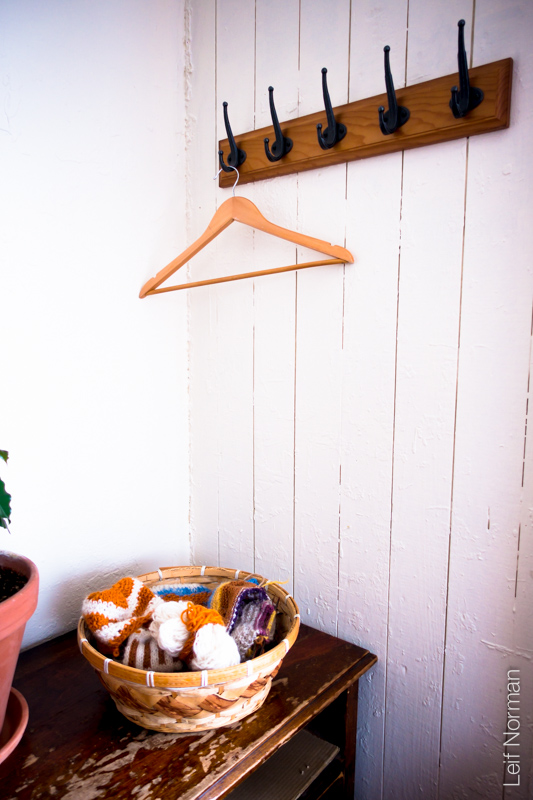
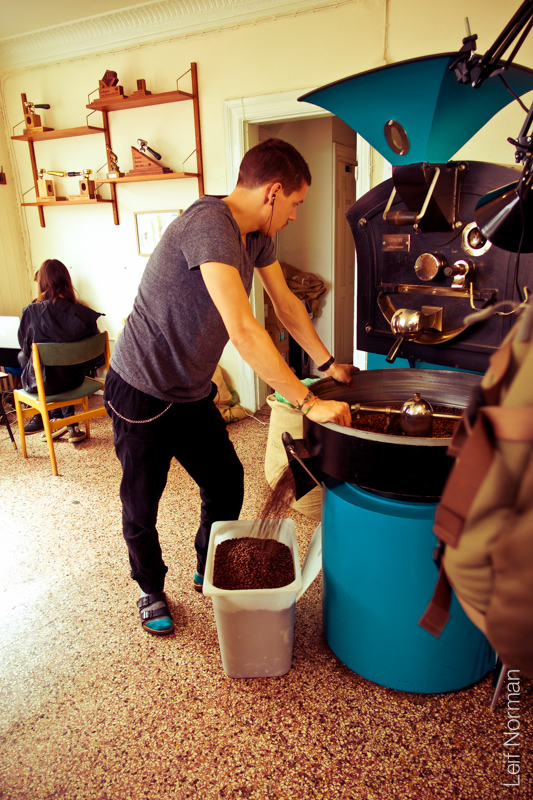
“It started in 2008 when Ingibjörg Jóna Sigurðardóttir and Sonja Grant founded and opened a coffee house and roastery in downtown Reykjavík by the name of Kaffismiðja Íslands. Five years later, ways parted with Imma becoming the sole owner. During that time, Torfi Þór Torfason, Tumi Ferrer and Þuríður Sverrisdóttir, had plans for their newly founded coffee consultancy, called Svartiskóli, to be the missing link between specialty coffee and the restaurant industry in Iceland (Torfi and Tumi both having worked in restaurants for years).
Due to the minuscule size of the barista community in Iceland, everybody knows each other and the four of us bounced ideas back and forth regularly. Joining forces became a pleasingly logical step forwards for all of us and so in late August 2013, we teamed up and renamed Kaffismiðja Íslands to its current name: Reykjavík Roasters.” from http://reykjavikroasters.is/english/
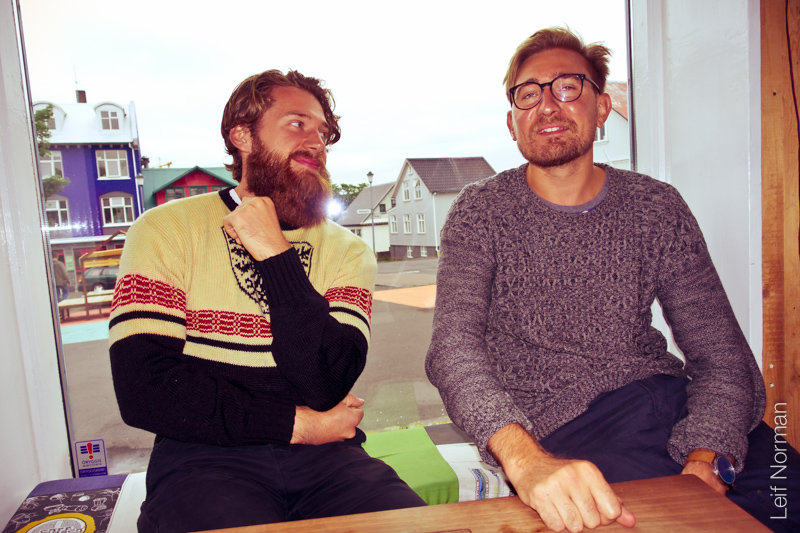
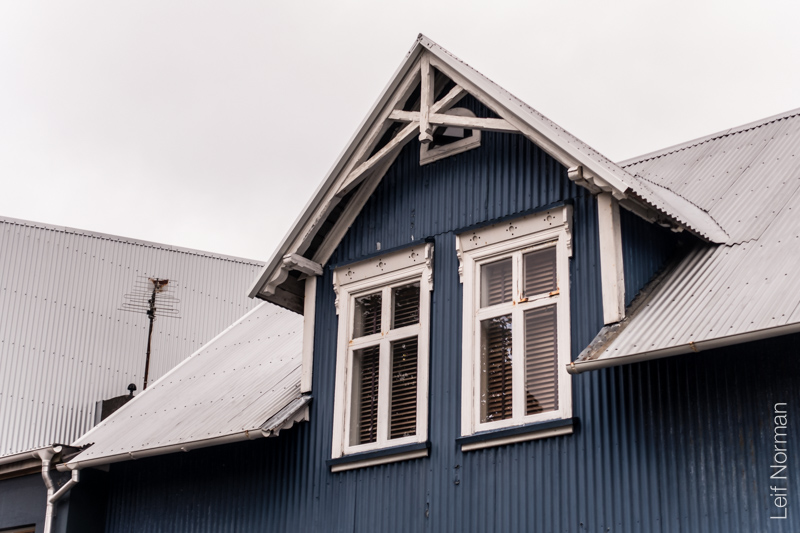
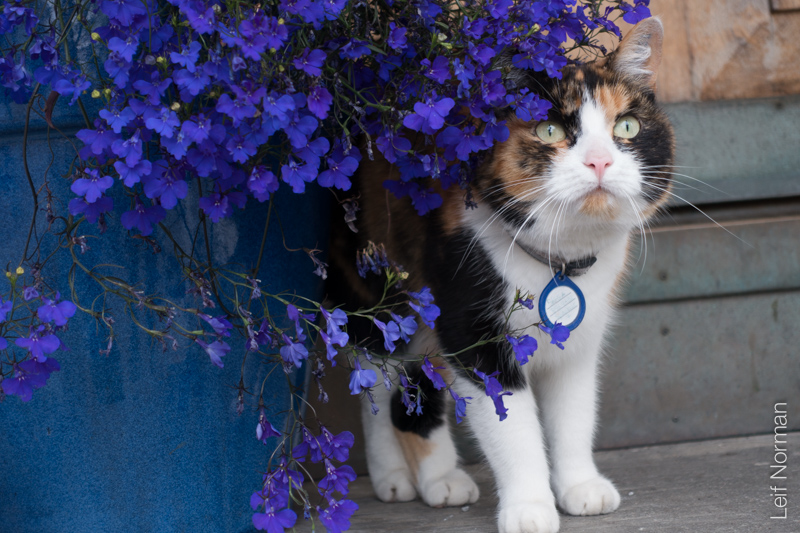
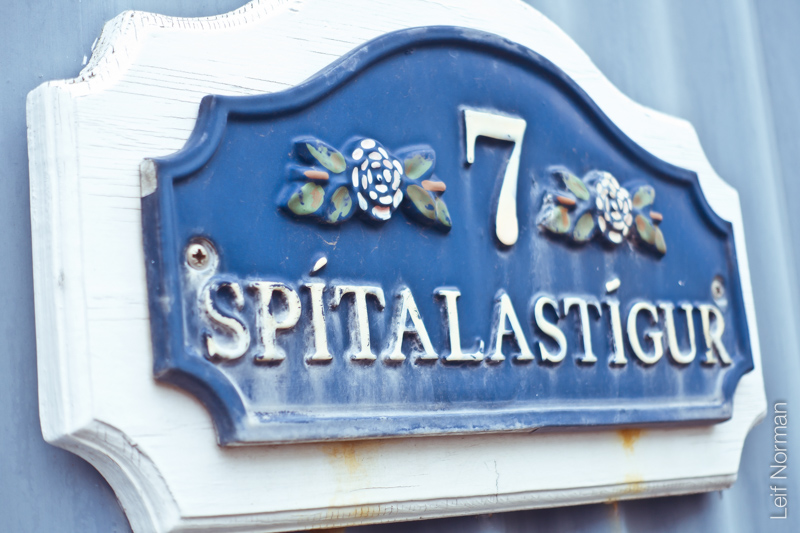
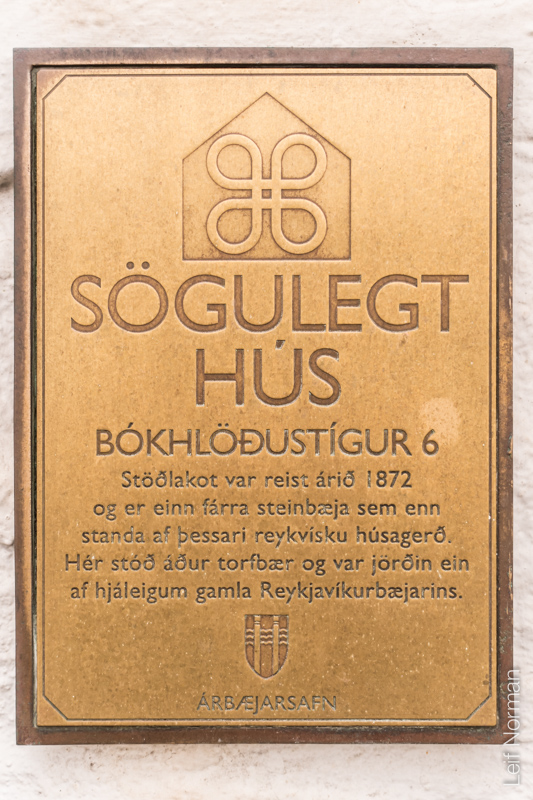
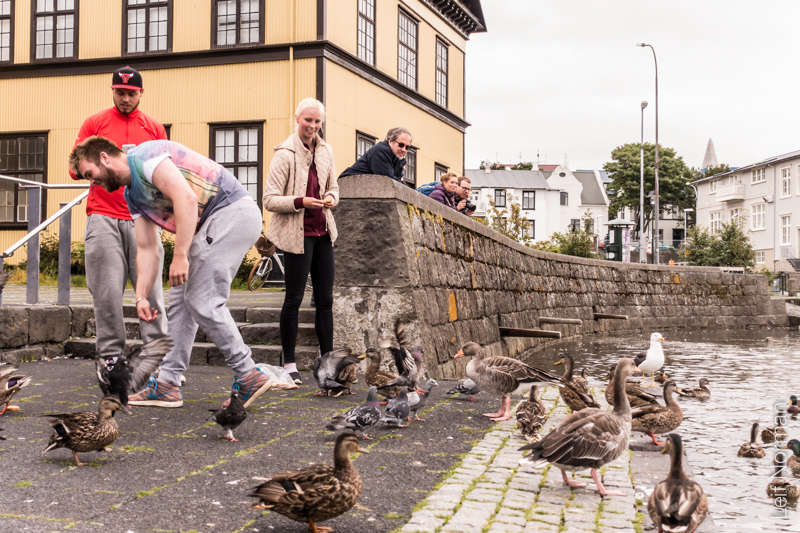
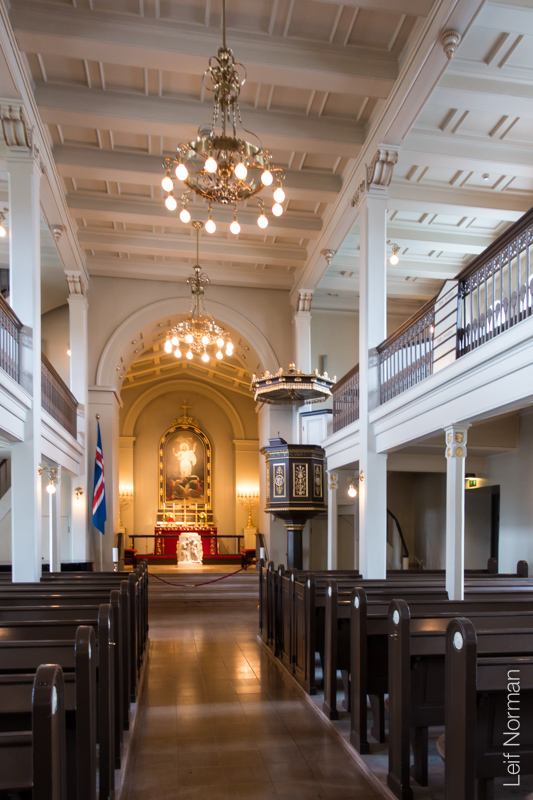
“Reykjavík Cathedral (Icelandic: Dómkirkjan í Reykjavík) is a cathedral church in Reykjavík, Iceland, the seat of the Bishop of Iceland and mother church of the Evangelical Lutheran Church of Iceland, as well as the parish church of the old city centre and environs. It is located at Austurvöllur, and next to it is Alþingishúsið (the parliament house). Since Iceland’s parliament, the Alþingi, was resurrected in 1845, each session of parliament has begun with a mass at the cathedral, and from there the dean of the cathedral leads the members of parliament to the parliament house.” from Wikipedia
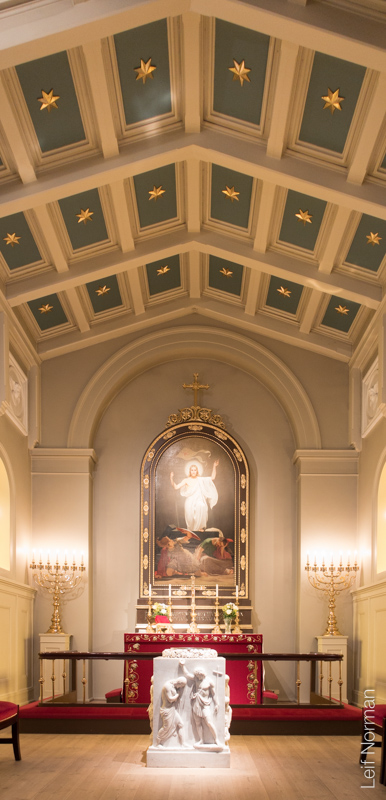
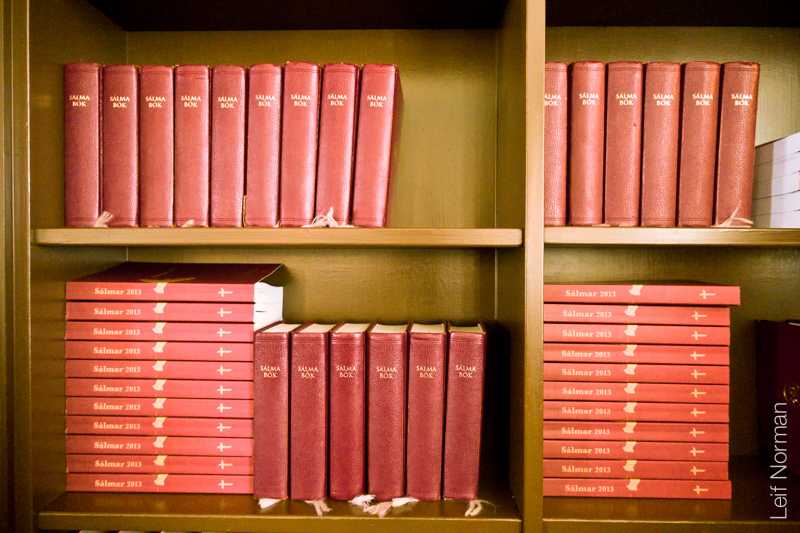
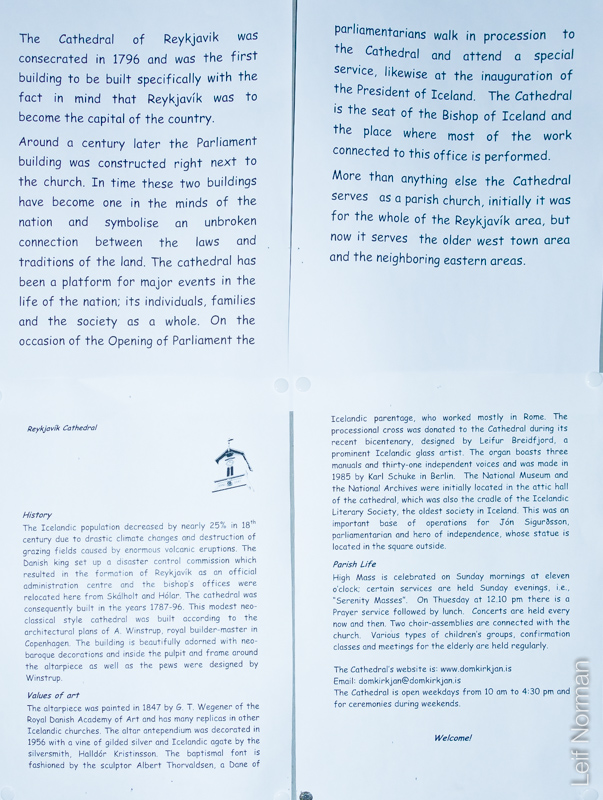
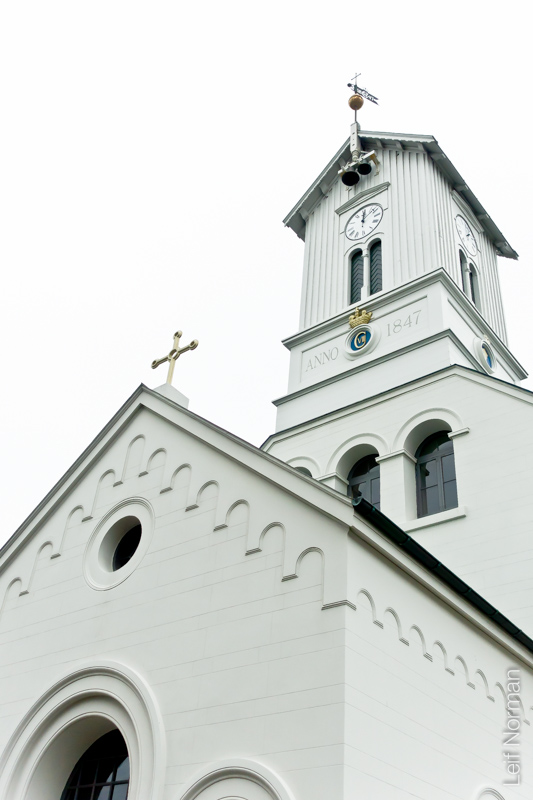
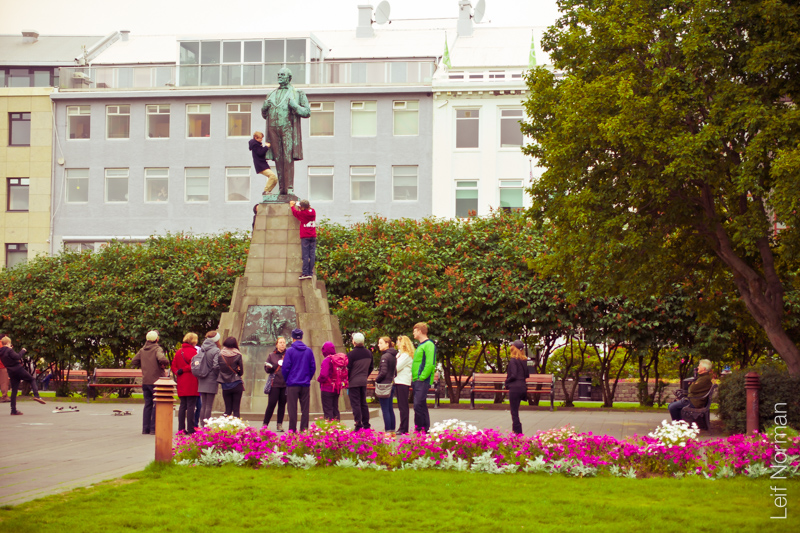
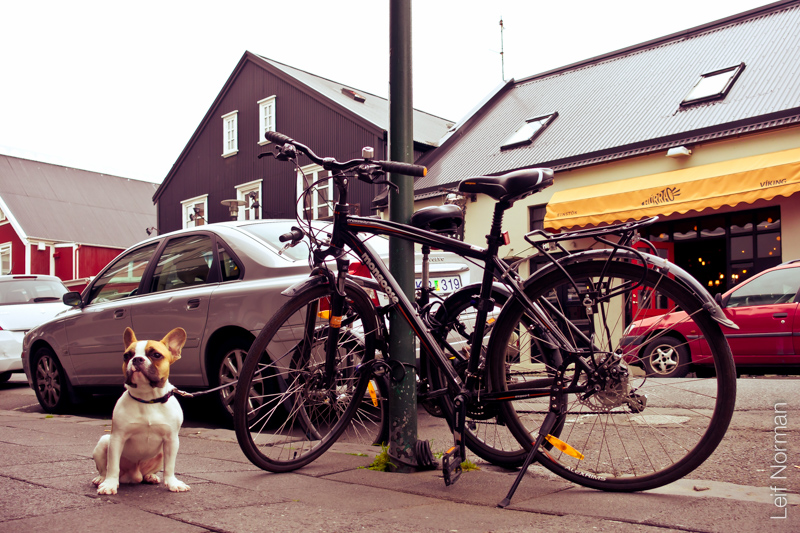
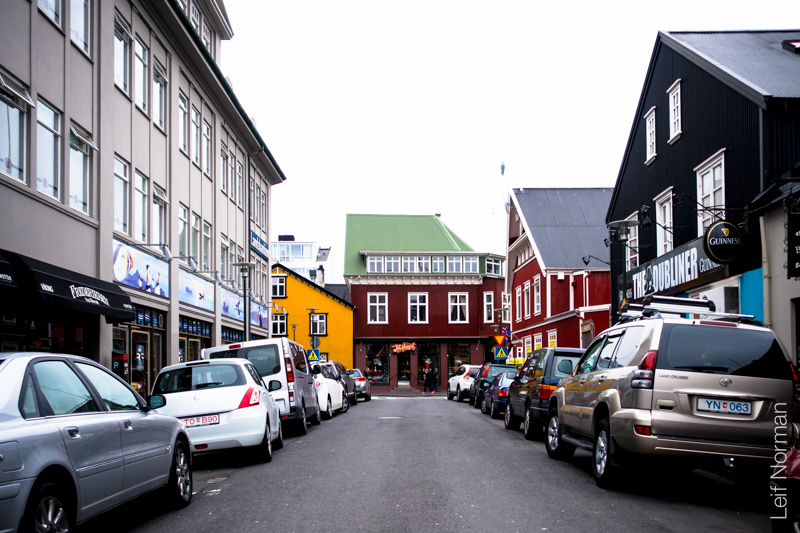

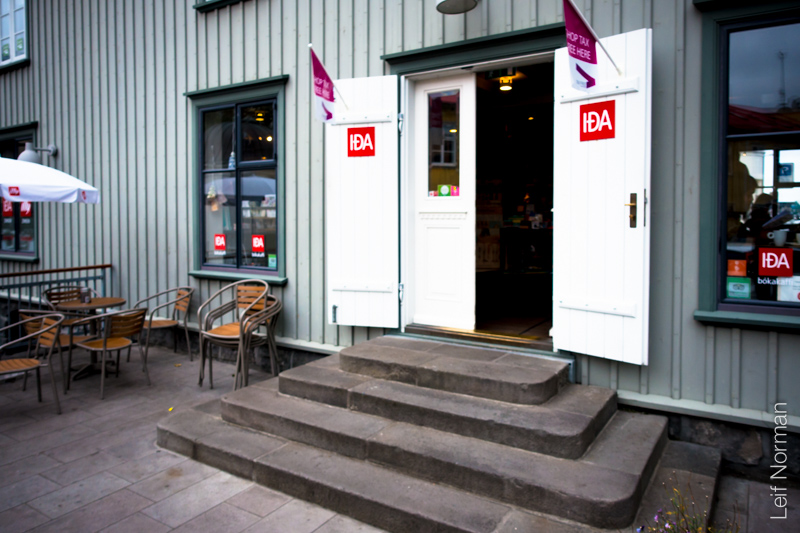
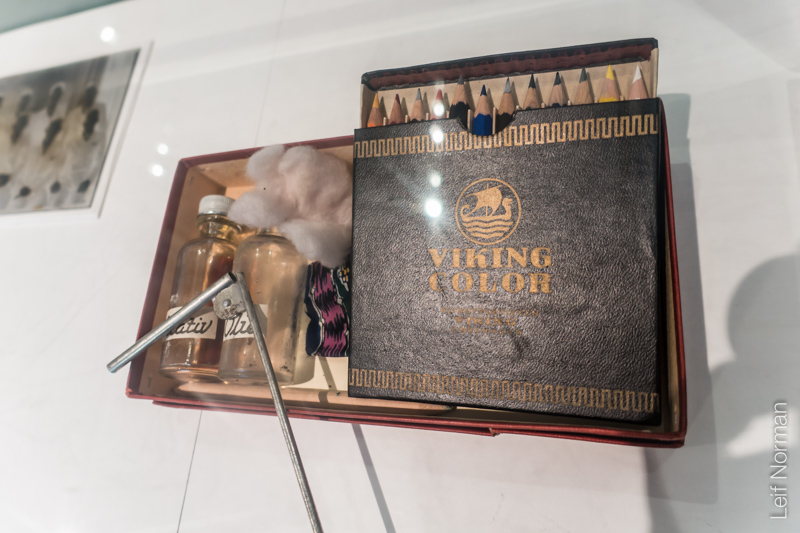
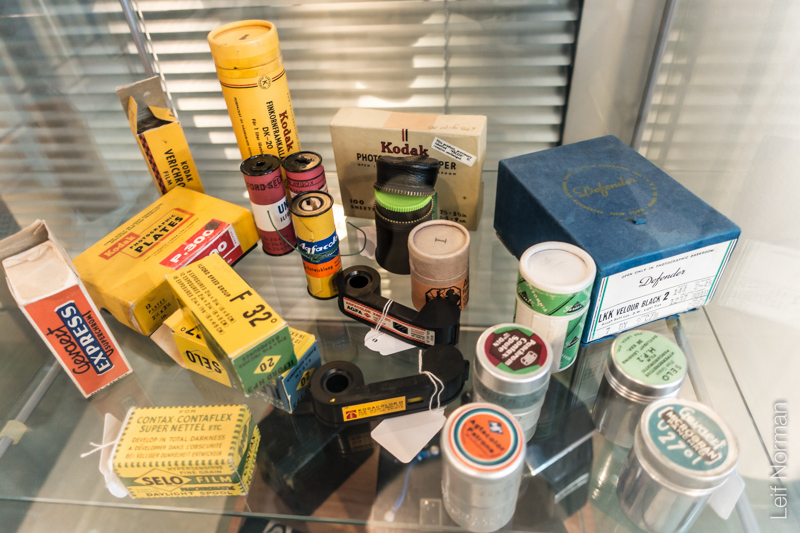
“Reykjavík Museum of Photography is part of a new museum – Reykjavík City Museum. The aim of the museum is to shape a unique vision and to be leading in its field. The museum preserves various photo collections from professional and amateur photographers, around 5 Million photographs from the period around 1870 to 2002.
The collection´s themes are diverse. One can find family photographs, photos from portrait studios, industrial- and advertising photographs, press photography, landscape photographs and more.” from http://www.ljosmyndasafnreykjavikur.is/en/about-the-museum/
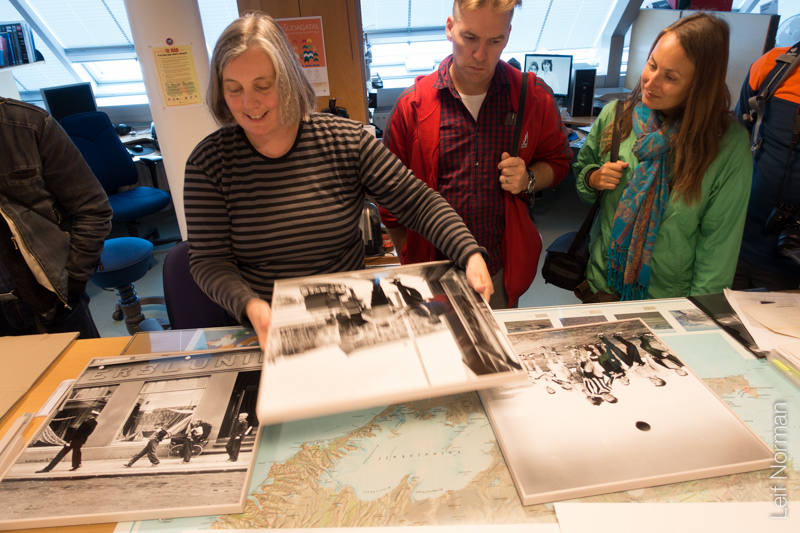
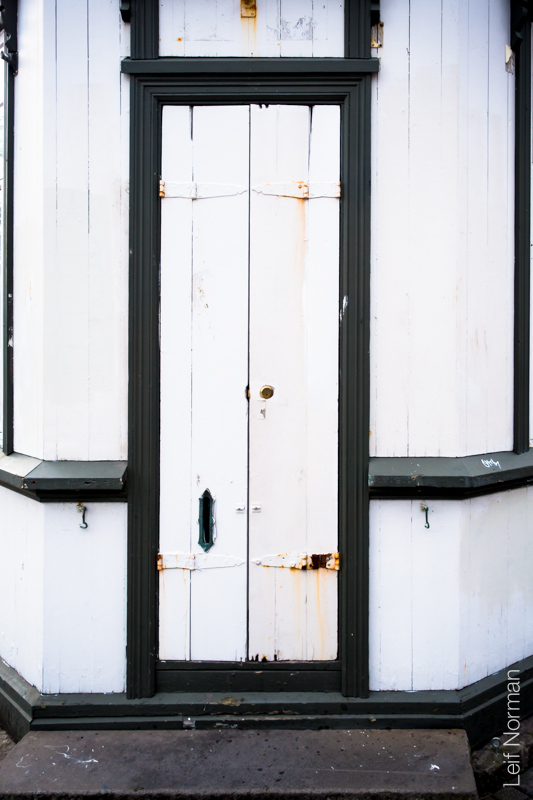

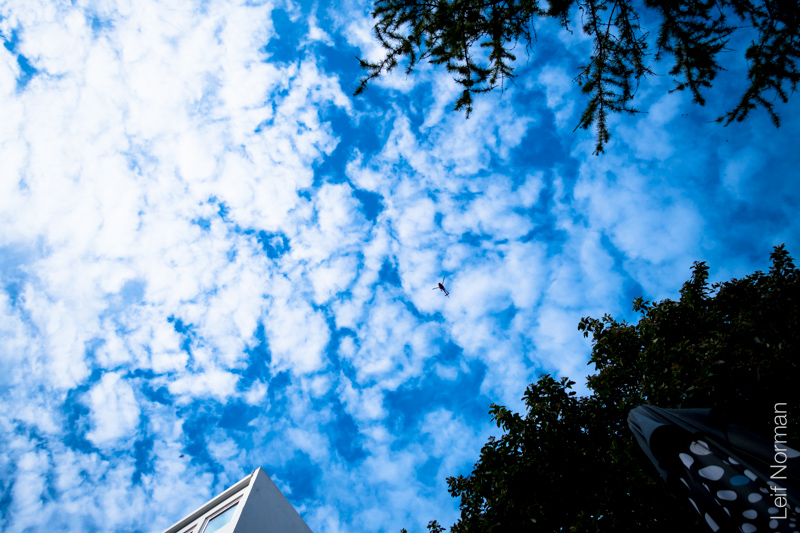
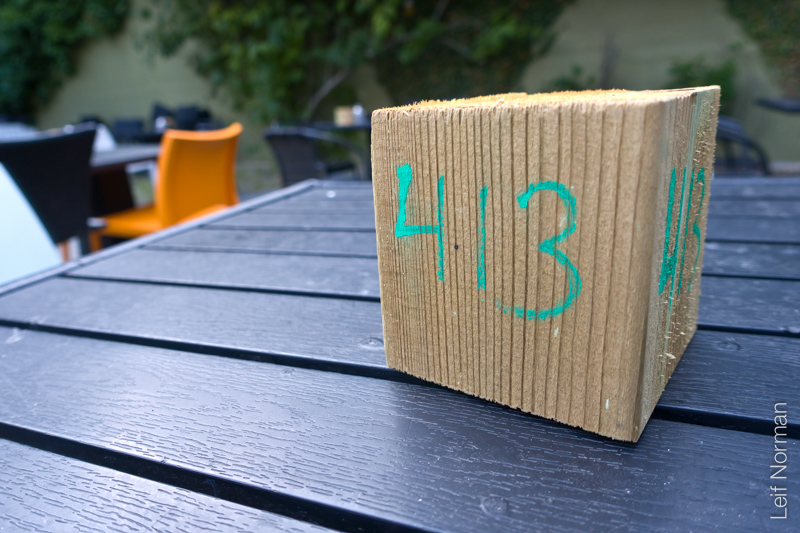
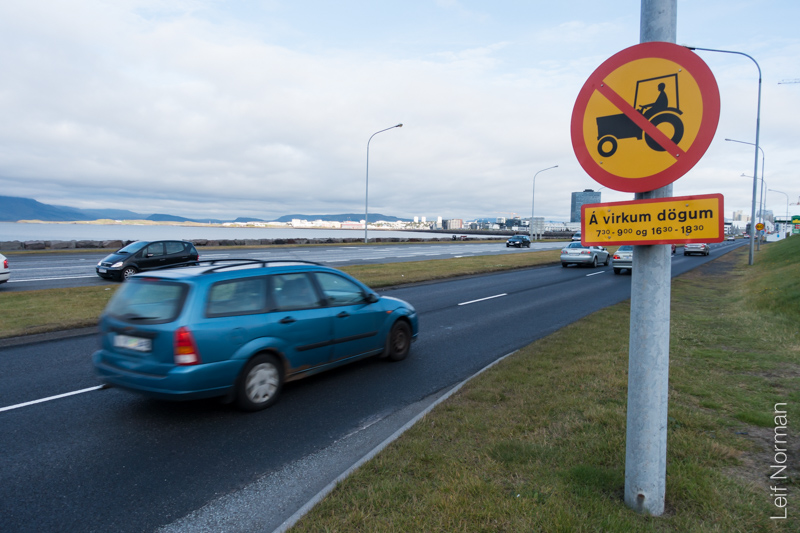
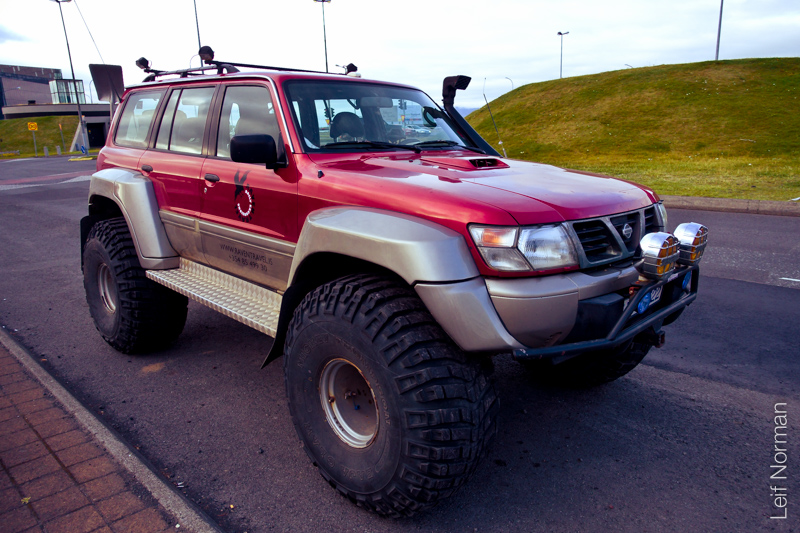

“Guðmundur Oddur Magnússon, Goddur, studied art in Reykjavík and graphic design in Vancouver, Canada. He has taught graphic design since 2993, first at the Art School in Akureyri, then at the Icelandic College of Art and Crafts and finally at the Icelandic Academy of the Arts where he is now a professor. He is without a doubt Iceland’s best-known commentator on design issues. For the last two decades he has been occupied with teaching and research but he has found outlets for his creative urges in several projects, not least in the posters he has designed for various cultural events. These posters have a distinct style though they fall into different series or categories. Many use photography – Goddur is himself an avid photographer – often with overlaid, handwritten text, though some feature set type. These posters are light and playful, perhaps to highlight the playful nature of the events they advertise: Art exhibitions, concerts, etc.” from http://www.sparkdesignspace.com
